Claude Debussy: Sérénade for violin and piano
 Instant Download
Instant Download
Details
Description
SKU: A0.534583
Composed by Claude Debussy/Robert Orledge. 20th Century,Concert,Romantic Period,Standards. 21 pages. Musik Fabrik Music Publishing #4727479. Published by Musik Fabrik Music Publishing (A0.534583).Preface:
In the early 1890s, Debussy composed the opening of a lyrical piece in E major for violin and piano, perhaps as a shorter companion piece for the violin Nocturne he was planning for the Belgian violinist Eugène Ysaÿe. After Debussy’s death in 1918, his second wife Emma often gave away sketch pages to performers or composers as memorials to her beloved husband , and this particular page was given to the Cuban born pianist and composer Joaquin Nin (1879-1949). It came up for sale in the catalogue of the British antiquarian dealer Lisa Cox in 2010 and although it might possibly be an early song for contralto and piano, the more dynamic idea in bar 12 strongly suggests the violin, especially as it begins on an open D string. Moreover, there is no text and in pieces of this length, Debussy usually wrote at least one word in, if only to remind himself where he had got to in any song.
So my starting point was a complete 12-bar melody gently undulating in the violin’s lowest register over a sensual accompaniment, rising to a climax in bar 12 and giving me a contrasting idea that I could use as a link between sections and in the cadenza. As the B section (bars 14-26) derives directly from Debussy’s opening theme by metamorphosis, my own additions were restricted to the central section (bars 27-57) - comprising a new scherzando idea (C) and the more lyrical D (bars 36-46). C returns at bar 47, followed by the opening sections in reverse order, so that the Sérénade begins and ends with Debussy’s material and is cast in arch form (ABCDCBA).
Robert Orledge
Brighton, 19 June 2019
Robert Orledge was born in Bath in 1948 and educated at Clare College, Cambridge, where he gained his doctorate for his study of the composer Charles Kœchlin in 1973. Between 1971 and 1991 He rose from Lecturer to Professor in the Music Department of the University of Liverpool, publishing books on Gabriel Fauré, Claude Debussy, Charles Kœchlin and Erik Satie, as well as numerous articles, editions and reviews. As a historical musicologist, Professor Orledge specialized in the way composers composed, ,and since taking early retirement in 2004, he has concentrated on completing and orchestrating Debussy’s unfinished works, and especially his theatre projects. His completion of Debussy’s opera The Fall of the House of Usher (1908-17) was successfully premiered at the Bregenz Opera Festival in Austria in August 2006 and has since been performed in America, Portugal Germany and Holland, as well as being broadcast throughout Europe. A DVD of the Bregenz premier is available on Capriccio 93517, produced by Phylida Lloyd and conducted by Lawrence Foster. His completion of the Chinese ballet No-ja-li ou Le Palais du Silence (1914) was also premiered in 2006 in Los Angeles and other completions include La Saulaie and the Nocturne and Poème for violin and orchestra as well as Debussy’s other Poe opera Le Diable dans le Beffroi.
Préface en français :
Au debut des années 1890, Debussy a composé le debut d’une pièce lyrique en Mi majeur pour violon et piano, peut-être pour accompagner la Nocturne pour violon que Debussy a destinée pour le violoniste belge Eugène Ysaÿe. Après la morte de Debussy en 1918, sa deuxième femme Emma avait l’habitude d’offrir ses pages d’esquisses aux intérpètes et compositeurs en souvenir de son regreté mari. Cette page d’esquisse a été offerte aux compositeur et pianiste cubain Joaquin Nin (1879-1949). Cette page a été mise en vente dans la catalogue de l’antiquaire britannique Lisa Cox en 2010 et malgré que cette esquisse est peut-être le début d‘une mélodie pour contralto et piano, l‘idée dynamique dans la douzième mesure suggère la violon, surtout qu‘elle commence sur la.
This product was created by a member of ArrangeMe, Hal Leonard’s global self-publishing community of independent composers, arrangers, and songwriters. ArrangeMe allows for the publication of unique arrangements of both popular titles and original compositions from a wide variety of voices and backgrounds.
Digital Downloads are downloadable sheet music files that can be viewed directly on your computer, tablet or mobile device. Once you download your digital sheet music, you can view and print it at home, school, or anywhere you want to make music, and you don’t have to be connected to the internet. Just purchase, download and play!
PLEASE NOTE: Your Digital Download will have a watermark at the bottom of each page that will include your name, purchase date and number of copies purchased. You are only authorized to print the number of copies that you have purchased. You may not digitally distribute or print more copies than purchased for use (i.e., you may not print or digitally distribute individual copies to friends or students).
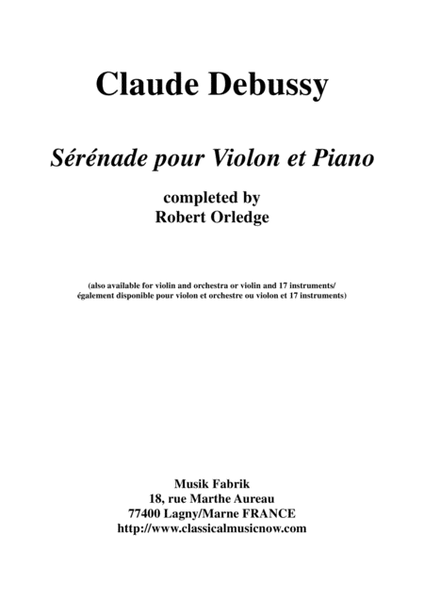
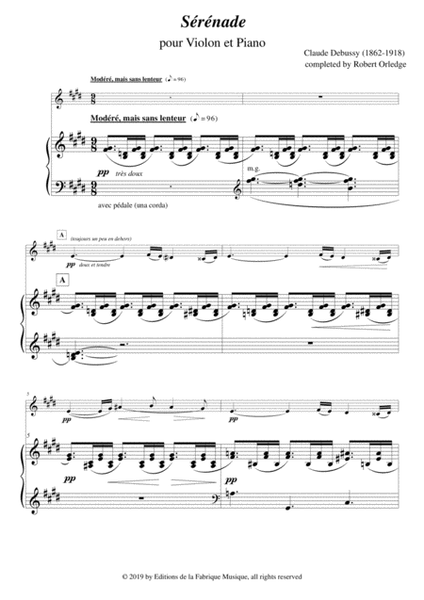
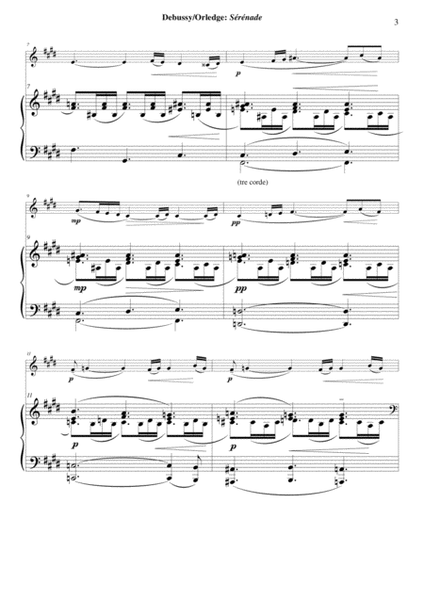
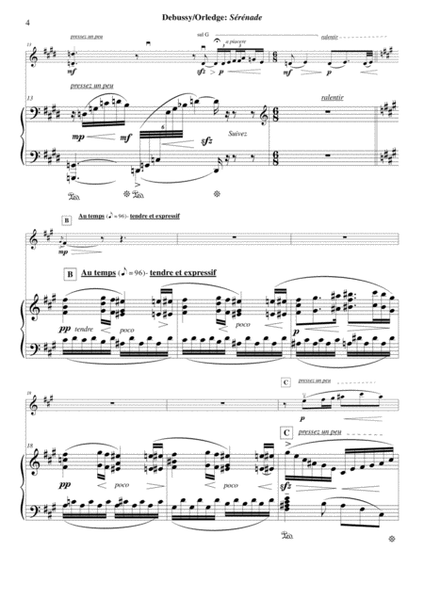
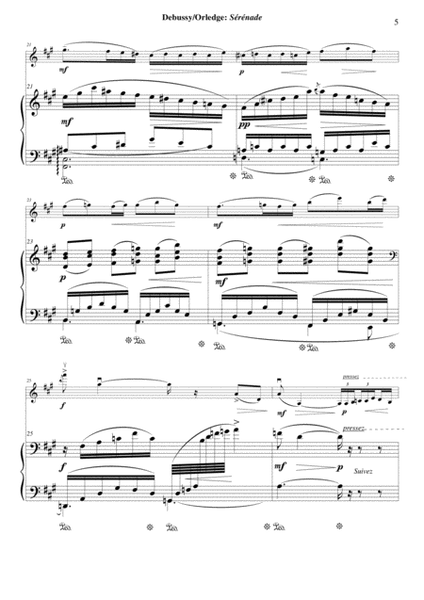
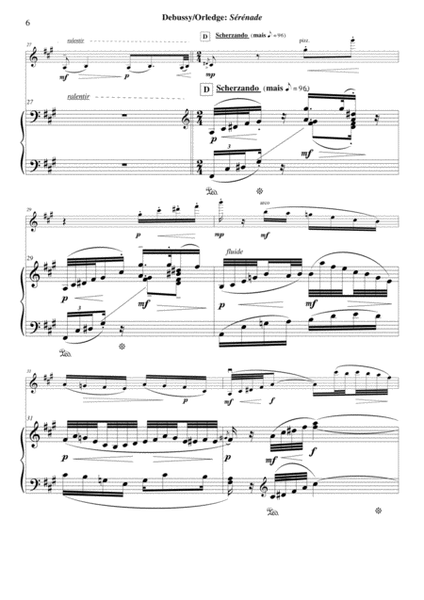
 Share
Share